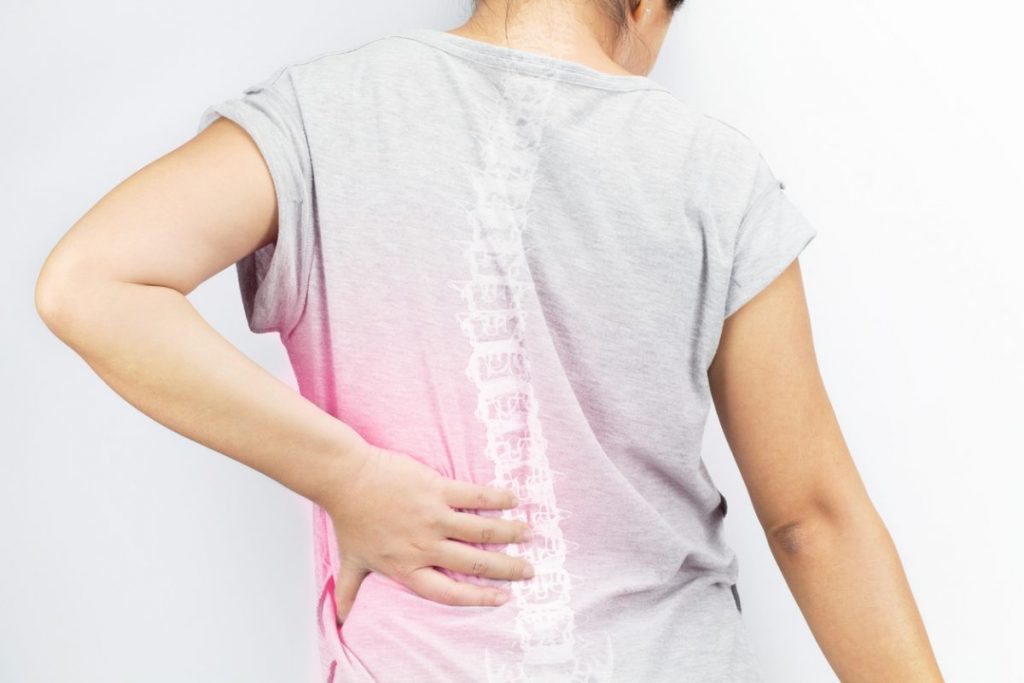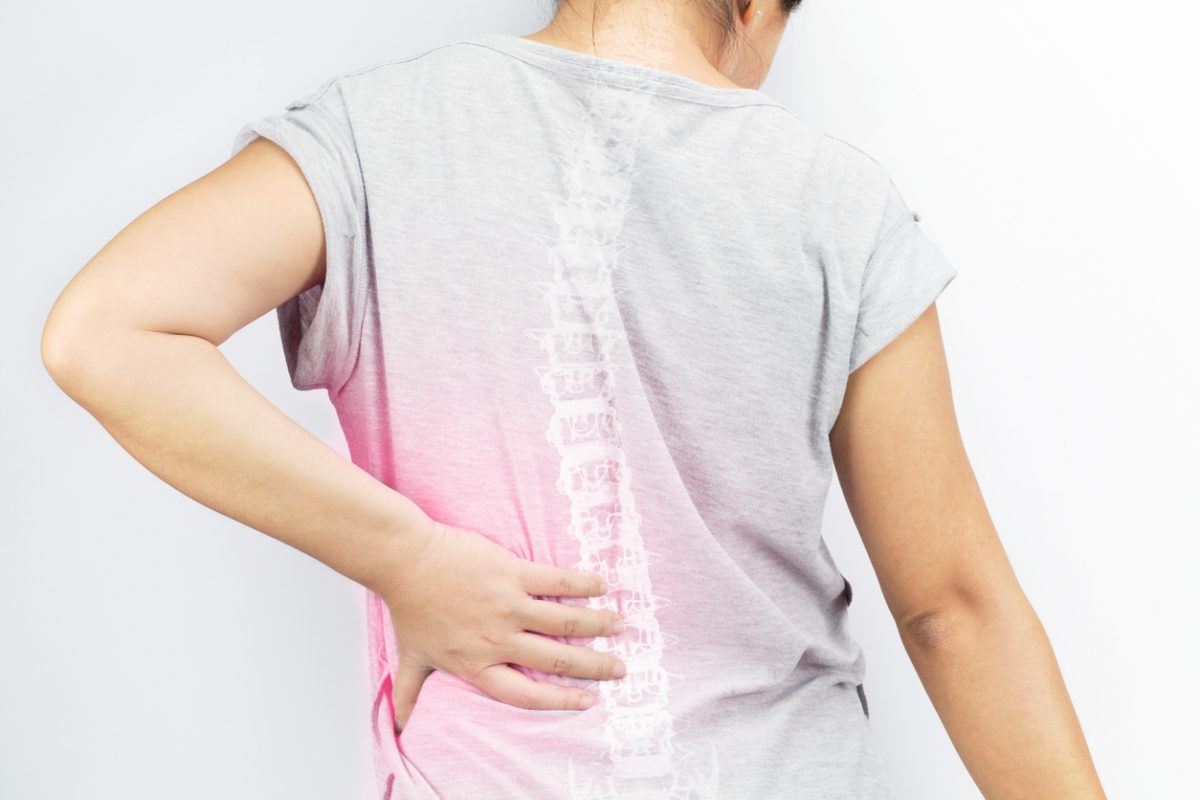Scoliosis
![]()
Call (703) 520-1031 or use the form to send us your contacts.
Scoliosis is an abnormal curve in the spine. It occurs most often during a child’s growth spurt right before puberty, though it can occur in people who are younger or older.
The American Association of Neurological Surgeons estimates that up to 3 percent of the U.S. population are affected by scoliosis. While it is not curable, the effects of this condition can be minimized. The following sections provide an overview of scoliosis and its symptoms, causes, risk factors and potential complications.

What is Scoliosis?
A spine with a normal shape has three small curves. The cervical spine (neck) and the lumbar spine (lower back) each have a small inward curve. The thoracic spine (middle of the back) has a small outward curve.
Scoliosis is a condition in which the spine is deformed. It is usually C-shaped or S-shaped in x-rays taken from the back, but the spine actually goes side to side also. This condition appears most frequently around the age of 10-12 years old or right before puberty, and sometimes in the teen or adult years. There are cases in which infants develop scoliosis.
Any spinal curve that is equal to or greater than 10 degrees compared to a normal spine is considered scoliosis.
- Mild scoliosis – less than 25 degree curve
- Moderate scoliosis – curve that is 25-50 degrees
- Severe scoliosis – curve that is over 50 degrees
Symptoms
Scoliosis symptoms are mostly related to noticeable changes in the person’s appearance. The signs of scoliosis can include:
- Uneven hips with one higher than the other
- Uneven shoulders with one higher than the other
- Tilted head
- Oddly positioned waist
- One shoulder blade that shows more than the other
- Beginning at the waist, the upper body leans to one side
- Uneven leg lengths
- Prominent rib displacement
- Posture that is permanently slouching (head just forward)
In its early stages, there may not be any pain. It depends on the degree of scoliosis and how the spine impacts the body in general. People with moderate or severe scoliosis are likely to feel some pain. Acute scoliosis can lead to a rotating spine, a hump in the back and problems breathing due to less space available for the lungs to function.
What Causes Scoliosis
There are different types of scoliosis, but they can be assigned to one of three categories.
- Idiopathic – no cause is known or there is no single factor identified as contributing to the scoliosis
- Neuromuscular – scoliosis develops due to a secondary muscular or neurological disease, like cerebral palsy or muscular dystrophy
- Congenital – spinal deformity is a birth defect or associated with a birth defect, like spina bifida
Sometimes a spinal injury or a spinal infection can lead to scoliosis. However, the most common types of scoliosis (idiopathic) have no known cause. Medical researchers continue to study a possible link between genetics and this condition, but nothing has been proven yet.
Risk Factors
The most common types of scoliosis have the following risk factors:
- Age – scoliosis will typically appear during the years just before priority, ages 10-12
- Sex – statistically, girls and boys develop scoliosis at a similar rate; girls are more likely to develop a curve that gets worse and requires treatment
- Genetics – though scoliosis can develop in families, it is not common; most children with scoliosis do not have a family history of scoliosis
Genetics may play a role in congenital and neuromuscular categories of scoliosis but only because genetics plays a role in the types of diseases and birth defects that can lead to scoliosis.
Complications
Sometimes, scoliosis can lead to complications like the following:
- Back issues – chronic back pain can develop
- Lung damage – rib cage presses against the lungs due to the spinal deformity
- Heart damage – rib cage presses against the lungs due to the spinal deformity
- Structural issues – scoliosis can lead to uneven shoulders and hips; body trunk leans to the side; prominent ribs, etc.
- Mental health – people with obvious deformities can experience emotional distress, like social anxiety and depression
At First Signs, See a Physician
The sooner scoliosis of the spine is identified and treated, the more likely its progression can be stopped. Today, there are a number of treatment options that include wearing a scoliosis brace and surgical procedures that range from minimally invasive to open surgery. See a physician as soon as possible should symptoms indicate scoliosis is developing.
<